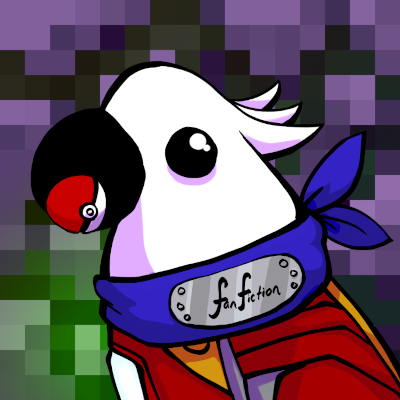The “Perfect Protagonist” and/or the “Perfect (2 Dimensional) Love Interest” are honestly grating to me.
Don’t get me wrong, I don’t mind that the protagonist is special or chosen or what have you. Although I do love it when authors play around with the “non-special” or “non-chosen” characters as protagonists as well. And who doesn’t love a good anti-hero, right? (Well, sometimes me depending, actually.)
Anyway, my issues is with when they’re just default accepted as perfect by all the other characters around them, as being able to do absolutely no wrong whatsoever, while other characters are somehow judged more harshly in the same context.
The perfect love interest archetype tends to be especially annoying because they are almost always pitted against a far more fleshed out and complex rival character who suddenly and inexplicably will become intolerable as if to justify why the protagonist should definitely go with the other.


That makes sense. I think what bothers me about the archetypes listed is that they are so often two dimensional. We’re sort of just told they’re special and everyone around them responds to them as if they are special but they don’t…really have much character exploration at all.
I love exploring the dynamics between characters. I hadn’t considered it, but I like your example of the role of the optimist in the group and how their position is relative to the others comprising it.
Agreed. The archetypes you’ve listed are often done shallowly. There’s potential for them, but not a lot of people explore it. It’s easier just to tell and not show with perfection and love.
I never realized how much I used those ensemble comparisons until now! There is a character who, in her immediate friend group, is one of the Cloudcuckoolanders. Yet with some of the other characters I write her with, she becomes a lot more grounded, because the other characters are even wilder than she is. XD And it is great to explore her in those contexts.